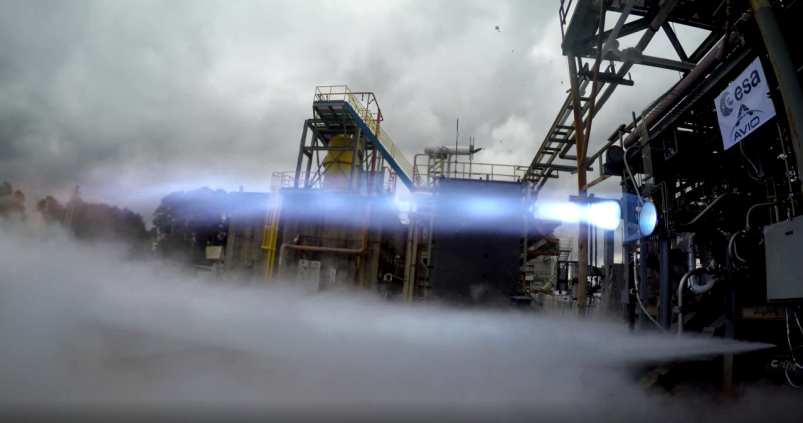
In the United States on last March, the first test of the combustion chamber of the cryogenic M10 liquid oxygen and methane engine for the third stage of the future Italian Vega E launcher was held at the historic NASA Marshall Space Flight Center in Huntsville (Alabama).
The combustion chamber was developed by AVIO within the framework of ESA's space transportation program, with an innovative Additive Layer Manufacturing technology (3D printing) that allows for the optimization of costs and times.
The experimentation aimed to verify the functional performance of the engine in its operational and qualification domain, its duration during repetitive hot cycles and the validation of the models used for its design.
Developed at the italian AVIO plant of Colleferro, near Rome, the M10 is an engine in the 10-ton thrust class, designed to replace the current third and fourth stages of the Vega launcher, combining its performance at a much lower cost: less of one million Euro compared to a current cost of approximately five million Euro.
Starting in 2024, M10 will be the first European liquid methane engine, to bring the last Vega stage up to 700 kilometers from the Earth with payloads of even 3 tons, paving the way for the new generation of more versatile launchers, the Vega Evolution and the Vega E light.
Compared to the current ones, the new LNG and LOx engines, towards which the aerospace industry is moving, allow repeated switching on and off, so that the satellites transported can be placed at different altitudes and positions.
Source: AVIO
 EN
EN  it
it

